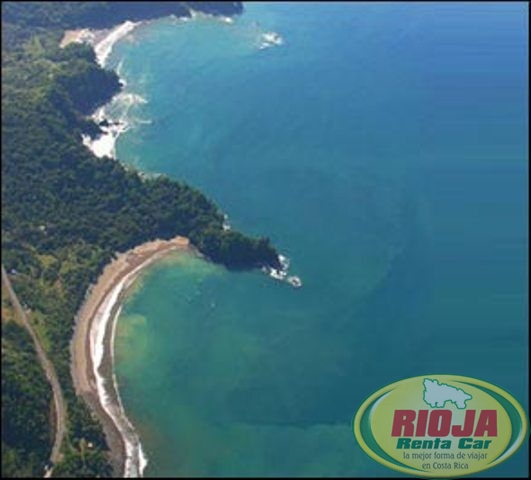
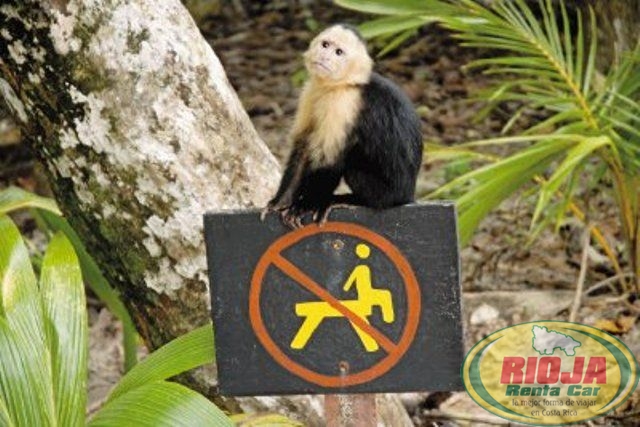
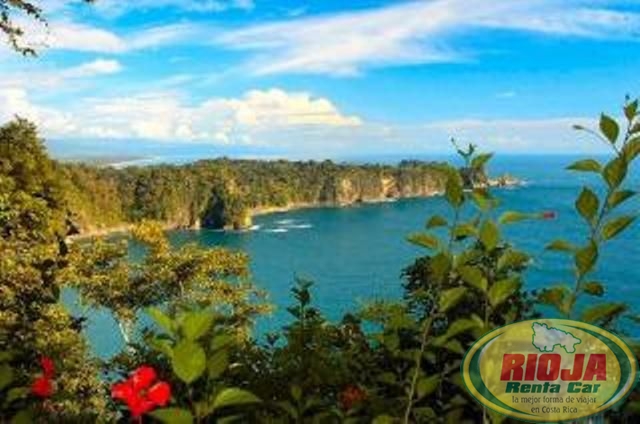
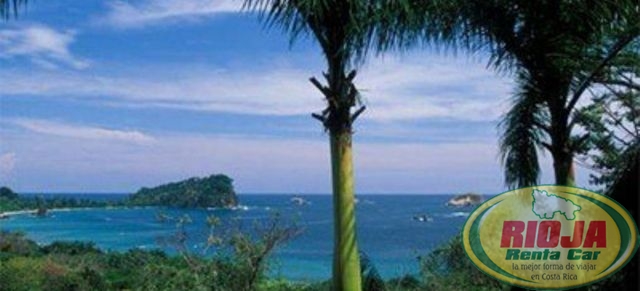
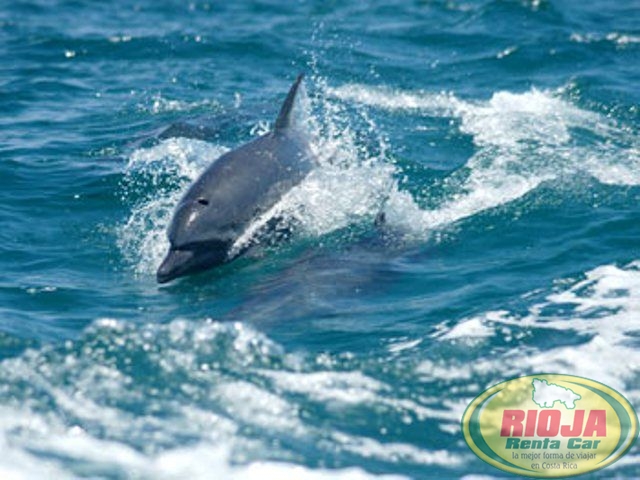
This wilderness area is located on the Pacific coast of Costa Rica in the province of Puntarenas. It is located some 157 km south of San José by road and 7 km south of the city of Quepos
Area: land – 320 hectares (768 acres)
Area: Marine – 8.094 hectares (19.425 acres)
Founded: 23/11/72
It has an area of 1625 hectares on the land and 55,000 hectares in the marina.
IMPORTANCE
Manuel Antonio National Park is a small island biodiversity within an area exposed to various activities such as agriculture, livestock and high tourism development. Part of the forest is in the process of regeneration, since in the past was the subject of a selective extraction of timber.
It is one of the largest national parks scenic beauty of the country. It is the wilderness area that receives the greatest number of national and international tourism. Has an important attraction is the very humid tropical forest inhabited by species of flora and fauna in danger of extinction: the raccoon, the pizotes the Guatuza, the lazy two fingers, faced monkey, the marmoset monkey, protects patches primary forest, secondary, mangroves, beach vegetation, marine habitats, islands and a lake covering 14 hectares.
A feature worth noting is geomorphologic Punta Catedral. In the past it was an island and due to the accumulation of sediments, joined the mainland, forming a sandy belt called tombolo.
WEATHER
The climate is characterized by high temperatures. The average annual temperature is 27 ° C, with a minimum temperature of 20 ° C. The average annual rainfall is 3875 mm. The dry months are January, February and March are the wettest August, September and October.
FLORA AND FAUNA
Manuel Antonio National Park is located in the area of tropical wet forest life. Protect patches of primary forest, secondary forest, mangroves, beach vegetation and marine environments.
The most characteristic species of flora in the forest are the primary red guácimo the pylon, cedro maría, the guapinol, the Sura, the black guapinol, timber trees in danger of extinction, the milky, the arbutus, and the ceiba Cenizaro . In the secondary forest, which covers ancient cultivation and grazing, the most common species are the balsa, monkey comb of the guarumo the Guácimo, the white and Capulino garocho. Mangroves covering approximately 18 hectares, consists of three species: red mangrove, and botoncillo lady.
In the vegetation above the beach manzanillo tree that has a milky substance and poisonous fruits, almonds, coconut and oak savanna.
The fauna is diverse, they have distinguished 109 species of mammals and 184 birds. Among the more noteworthy, is the raccoon, the pizotes the guatusa, the lazy two fingers, three fingers of sloth, monkey-faced, Congo and the monkey marmoset monkey, a subspecies endemic to the park and is in danger of extinction due to habitat destruction and their use as a pet.
The area is also frequently seen bird species such as tucancillo, the pelican or Buchón the Guacara, the fisher hawk, green kingfisher and the cock of the water. It is possible to observe and Garrobo iguanas, snakes and many insects. The main environmental problems of the park is poorly planned tourism development in the vicinity, causing a massive influx of visitors to the area and pollution of the sea. Moreover, large-scale monocultures degrade the soil and sedimentation occurring in the sea. The trash and the feeding of wild animals from visitors, are other problems facing the area.
SERVICES
Information, drinking water, toilets, trails, viewpoints, local guides.
The National Park is open year round Tuesday to Sunday from 7:00 a.m. to 3.00 PM The entry ticket is priced for nationals and residents and foreign thousand colones to $ 7.00, the entry for children is free.
In the area there are other places full of excitement and adventure for tourists between the tours that highlight the morning and afternoon, including transportation from the hotels, meals, guides and specialized equipment, including some photographs as souvenirs of their Personal feat.
There are guided walks by the National Park and protected areas, rafting rapids in rivers and Naranjo Savegre levels II, III and IV, a half-day excursions or day-long horseback rides in private forests and waterfalls in the Cerro Nara .
Micro-tourism have been specializing in sport fishing and birding tours. In addition, promoting walking in the sea in sailboats and quads.
Variety of beaches:
This area has the most beautiful beaches of white sand, trails where one can see first hand the kind that offers a tropical forest.
The entry of vehicles reaching the third beach and provides access for people with disabilities in compliance with the law 7600.
The three most popular are: South Beach Espadilla: a wave that has a bit strong, but is not dangerous to bathers. Its length is 800 meters and is located in a bay. The beach at Puerto Escondido, which is relatively small, with 80 meters in length. And finally, Manuel Antonio Beach one of the safest for bathers, with little waves and strong where you can practice the best snorkeling, especially towards the end, the rocks found here large numbers of marine animals.

 English
English






